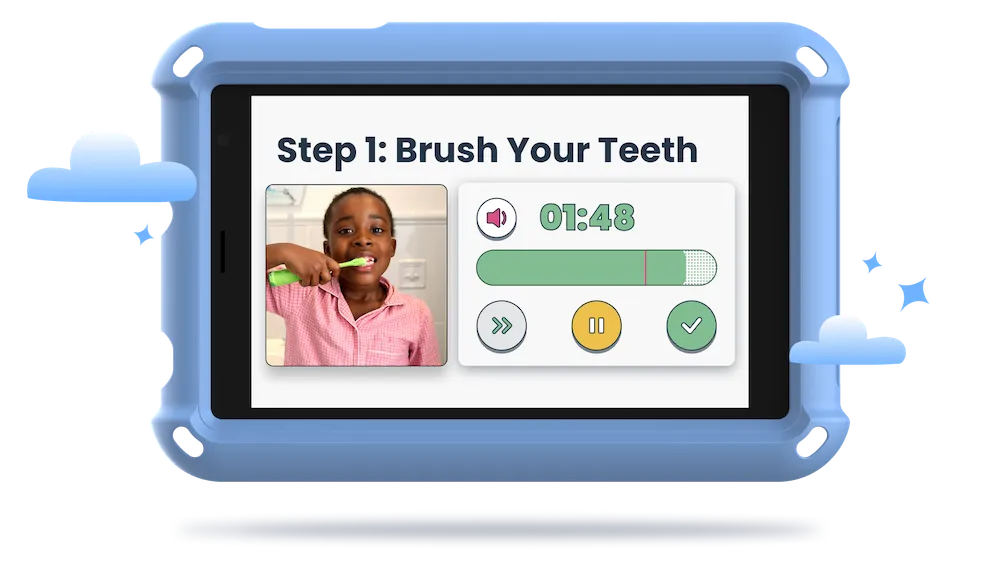Meet Susie, a 7-year-old girl with a hearing disability. Her parents are concerned about her speech and language development struggles, so they take her to see an audiologist. The audiologist explains to Susie and her parents how the anatomy of the human ear works, using simple language and visual aids. Here are some examples of how the concept played out in Susie’s story:
- The audiologist shows Susie a human ear diagram and points out each part.
- Susie’s parents learn that her hearing disability is due to a problem with the tiny hair cells in her cochlea.
- The audiologist explains how hearing aids amplify sounds and help Susie hear better.
- Susie tries on different hearing aids and learns how to adjust the volume to find a comfortable level.
- The audiologist teaches Susie and her parents about communication strategies to improve speech and language development.
With the help of the audiologist and her parents, Susie learns how the anatomy of the human ear works and how to navigate her hearing disability. She feels more confident and supported daily, and her speech and language skills improve over time.
Understanding the anatomy of the human ear is crucial for supporting children with special needs and their unique hearing experiences. By knowing how the ear works, parents can seek appropriate accommodations and support to help their children thrive. Products like Goally can also assist in building life and language skills through fun, engaging apps, making learning more accessible and enjoyable for kids with conditions affecting hearing.












